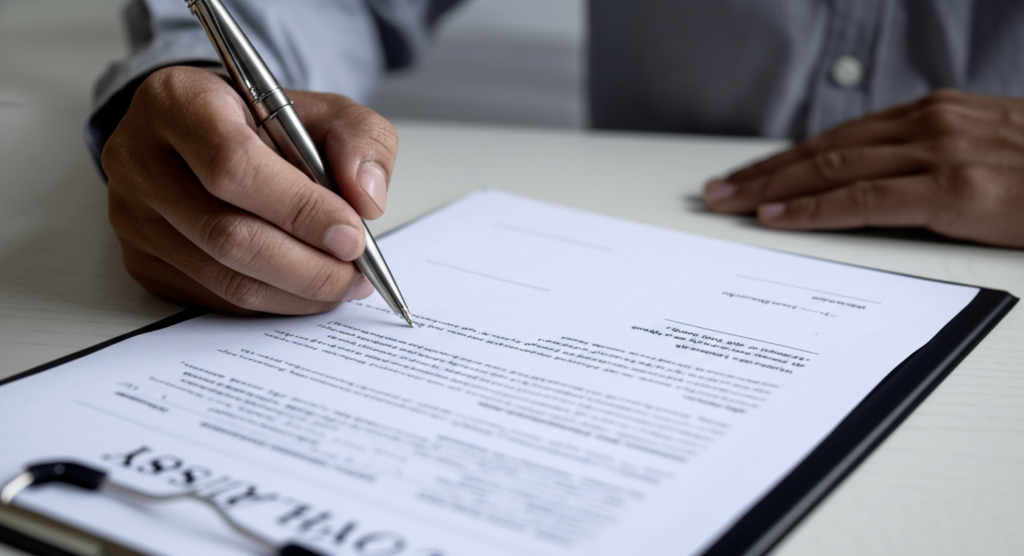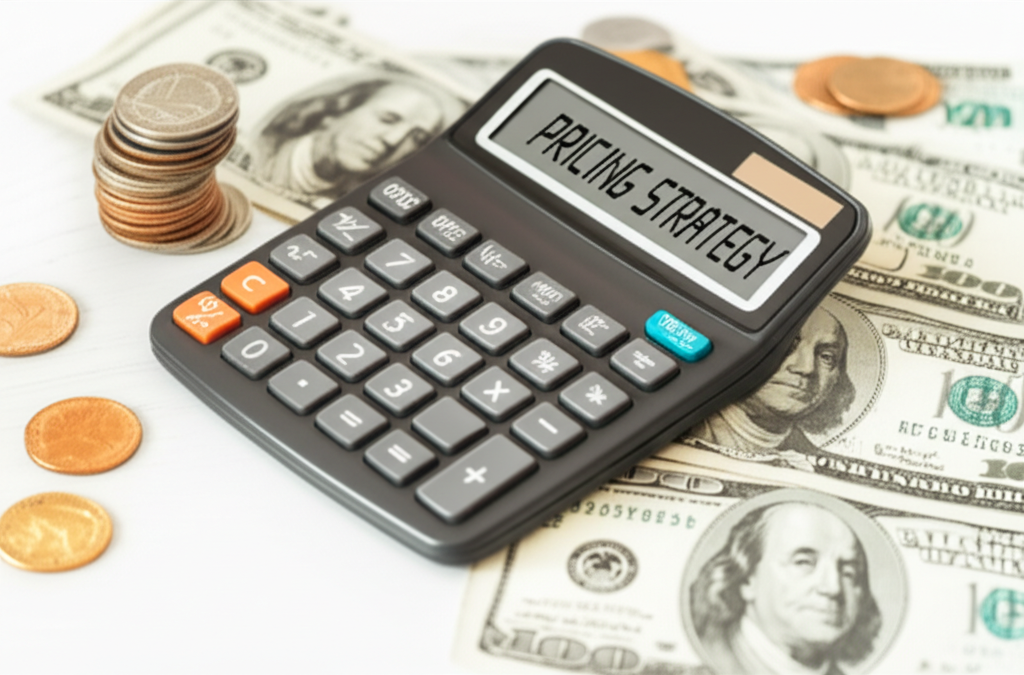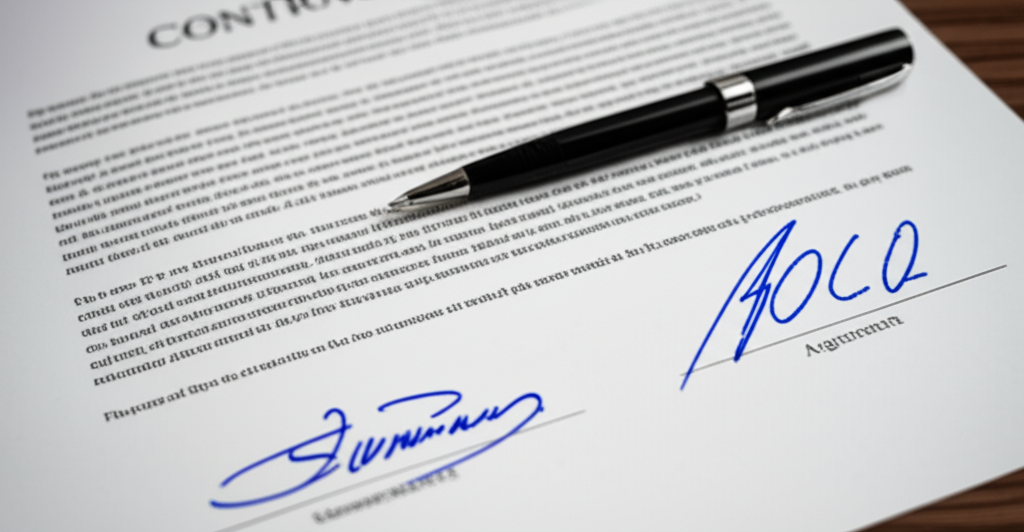Creating Effective Proposals That Win More Clients
A well-crafted proposal can be the difference between winning an exciting new project and watching it go to a competitor. Your proposal is often your first opportunity to demonstrate your professionalism, understanding of the client's needs, and unique value proposition.
The Psychology of Effective Proposals
Understanding how clients evaluate proposals will help you create more compelling documents:
Clients don't buy services; they buy solutions to their problems and paths to their desired outcomes.
Most clients are looking for three key things:
Essential Elements of Winning Proposals
1. Executive Summary
Start with a concise overview that demonstrates your understanding of the client's situation and summarizes your proposed solution. This section should:
2. Problem Statement
Show the client you truly understand their situation by articulating:
3. Proposed Solution
Detail your recommended approach, including:
4. Qualifications and Evidence
Build credibility by showcasing:
5. Investment and ROI
Frame your pricing as an investment rather than a cost by:
6. Next Steps
End with clear direction on how to proceed:
Proposal Design and Presentation
How your proposal looks matters almost as much as what it says:
Common Proposal Mistakes to Avoid
Following Up
Your proposal is just one step in the sales process:
Conclusion
A great proposal isn't just a pricing document—it's a persuasive tool that demonstrates your understanding, capability, and value. By focusing on the client's specific needs and clearly articulating how your services will address their challenges, you'll create proposals that stand out and win more business.
Remember that each proposal should be customized to the specific client and project. While you can use templates to save time, the most effective proposals feel personally crafted for the recipient.



